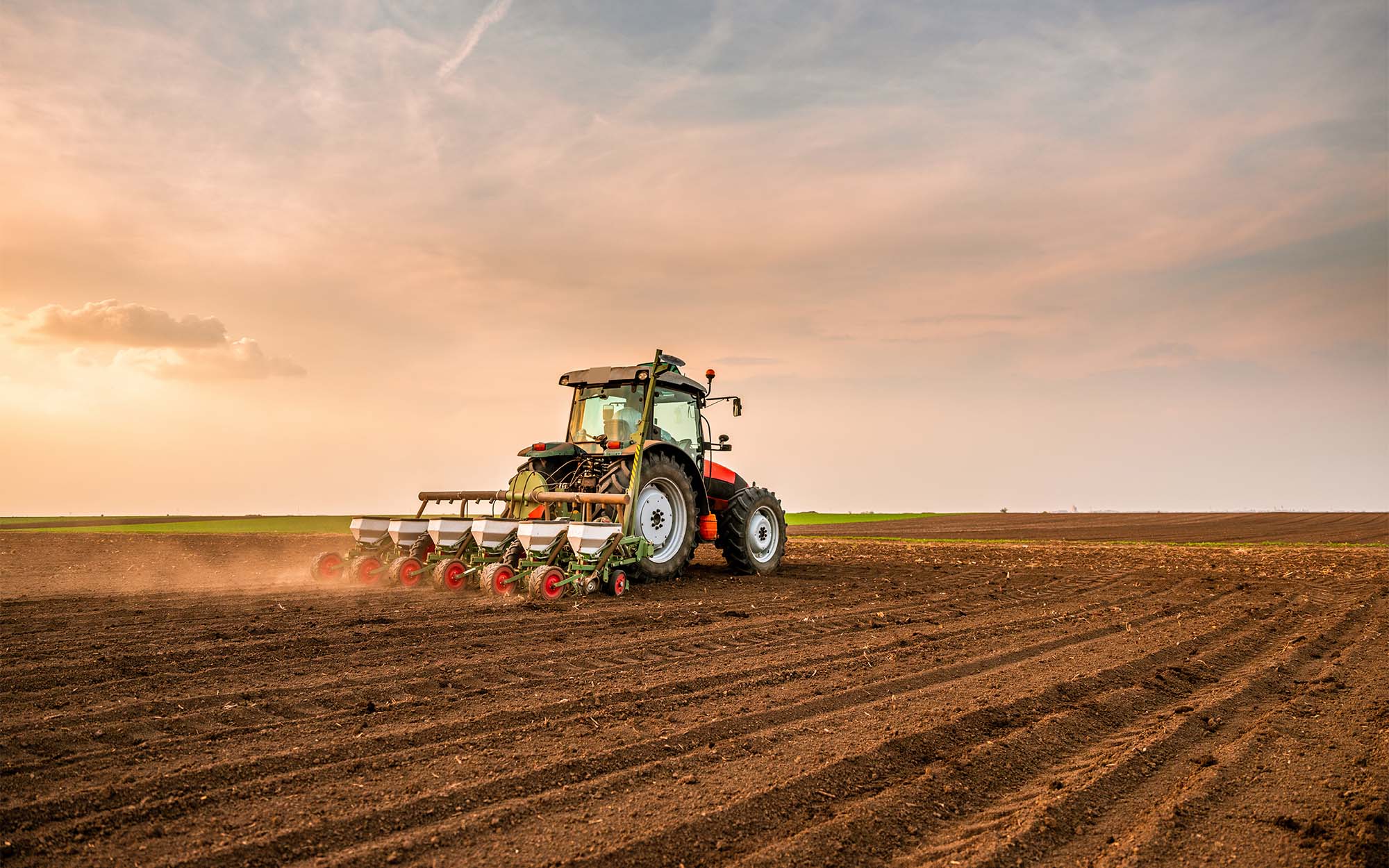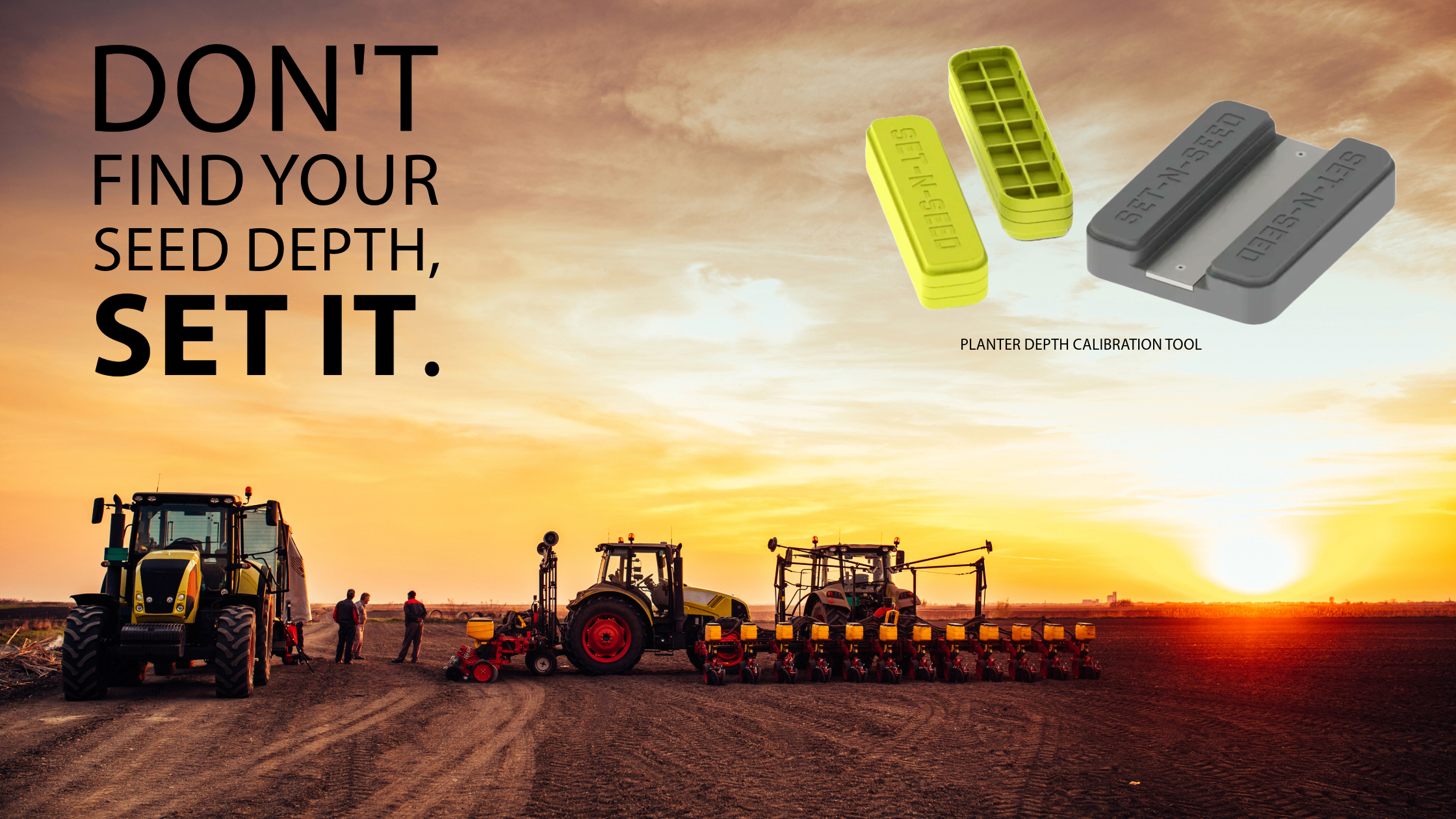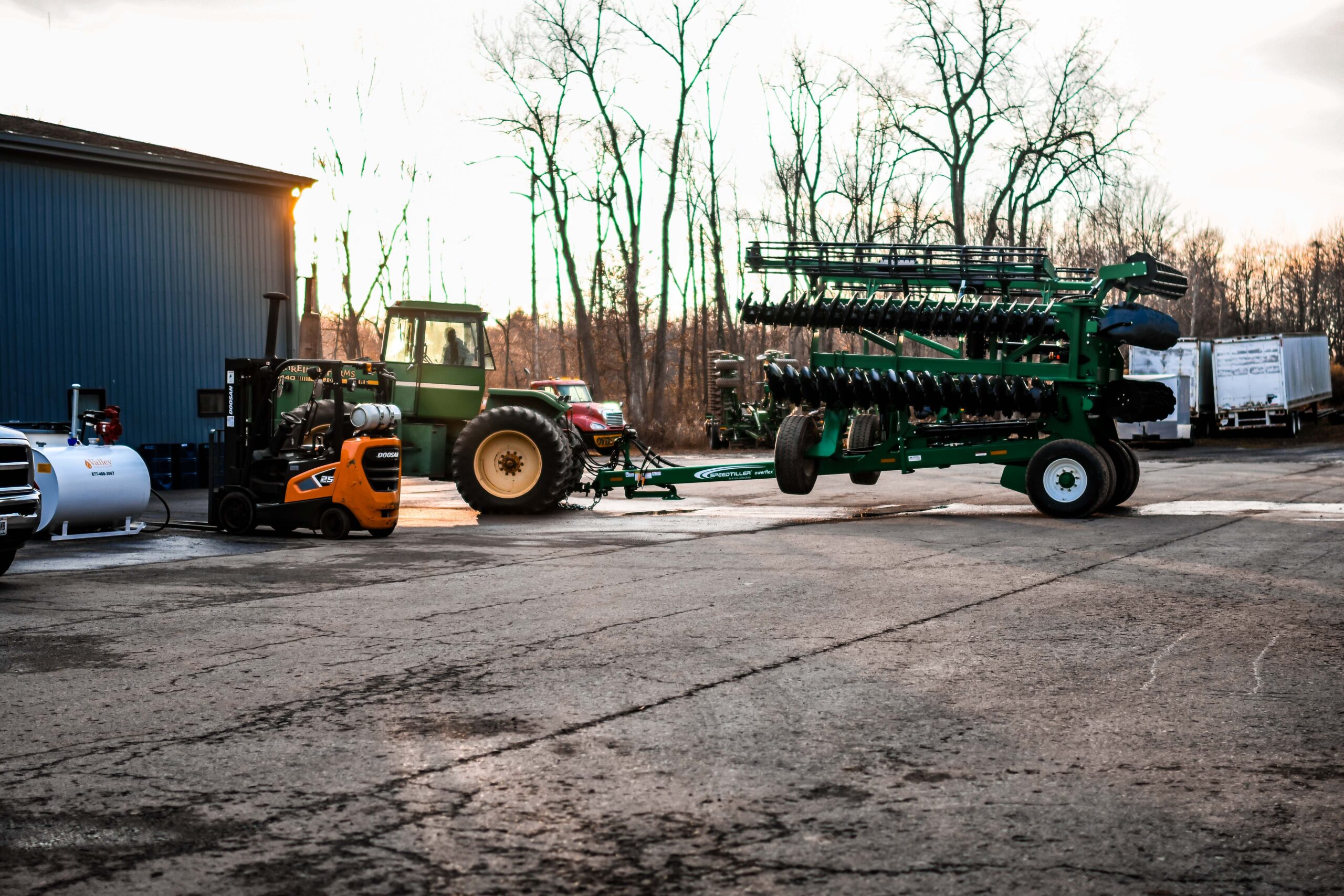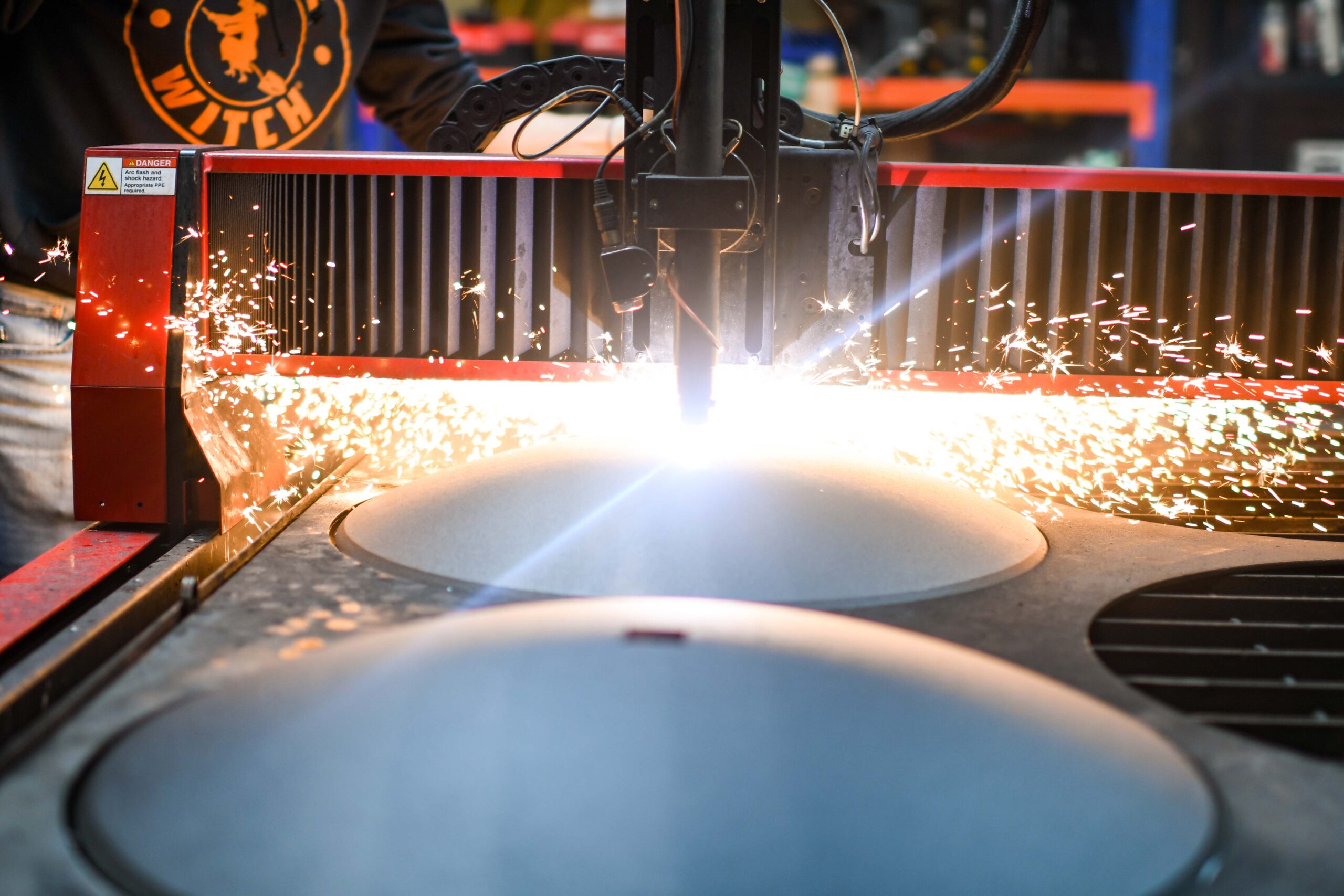
Your Complete Guide to Tillage Parts
Tillage parts are an indispensable part of running a successful farm. You need to till the ground before you can ever plant seeds, grow crops, and reap the harvest. Without proper tillage parts, your crops will struggle to grow and may not yield the grains you need.
At Rangeline Group, our experts have years of professional experience in the field, and we’re happy to help educate you on the basics of tillage parts in this article. We’ll go over what tillage is, why it’s important, its challenges, the different types of tillage, tillage equipment, and more.
Let’s get started!
What Is Tillage?
In basic terms, tillage refers to preparing land for growing crops. Usually, this involves overturning, digging, or stirring the soil. How you till the ground will depend heavily on the type of crop you plan to grow.
Why Are Tillage Parts Important?
Tillage parts are important in farming for many reasons. They help:
- Prepare seedbeds
- Loosen compacted soil
- Aerate the soil with pores for water to travel through
- Prevent the soil from eroding
- Improve weed control
- Mix harvest residue
- Reduce infestations of slugs, worms and other harmful insects
- Reduces the risk of crop disease
- And support water and soil conservation
Together, these positive effects can help your farmland stay healthy and produce a maximum crop yield.
Challenges of Tilling
That said, tilling also comes with some challenges. If you’re not careful, it can:
- Dry soil before seeding begins
- Decrease the soil’s water infiltration rate
- Dislodge the cohesiveness of the soil particle
- Reduce organic matter in the soil
- Destroy soil aggregates
- Cause the soil to lose important nutrients like nitrogen and fertilizer
- Damage the soils ability to absorb water
This is why it’s important to have the right equipment and know-how before you begin tilling soil. More on that next.
Types of Tillage Parts
There are different types of tillage parts all used for distinct purposes. Here’s a breakdown of the basic types:
1. Primary Tillage
Primary tillage is the first stage of tilling. It loosens the soil to create sufficient depth to kill weeds, plant seeds, and aerate the soil. It’s the most thorough form of tillage and goes the deepest. Every farmer needs to start with primary tillage.
2. Secondary Tillage
Secondary tillage refers to any subsequent tillage. Its purpose is to incorporate fertilizers and create a smoother and more level surface. Often, secondary tillage is concentrated to selected areas of the farm that require special care. Here, it’s important to be more delicate with the soil and avoid overtiling.
3. Reduced Tillage
Reduced tillage refers to leaving behind 15% to 30% of crop residue cover. Crop residue cover is intended to protect the soil from heavy rainfalls and erosion until the crops can produce a sufficient canopy themselves to protect the soil. As the name suggests, reduced tillage requires less tillage than standard forms.
4. Intensive Tillage
Intensive tillage (sometimes known as conventional tillage) leaves behind less than 15% of crop residue cover. As a result, it involves multiple operations. To get the crop residue cover level that low requires more work overall.
5. Conservation Tillage
Lastly, conservation tillage leaves behind at least 30% of crop residue cover. It’s intended to minimize the chance of soil erosion and also reduce soil compaction and fuel consumption. It’s the most eco-friendly and energy-efficient form of tillage because it requires the least work.
As you can see, there are many types of tilling strategies. Your choice will depend on your current stage in the tilling process, the risk of soil erosion at your location, your available farming equipment, and your farming budget.
But knowing the different types of tillage is a good start. You should know what options are available.
Next, we’ll talk about different kinds of tillage equipment you may need.
Abrasive wear on tillage parts is unavoidable, and different types of soil accelerate damage on your tillage tools. Read our blog highlighting what soils cause abrasive wear on tillage parts and learn what kinds of tillage parts have the most wear resistance.
Tillage Equipment
Tillage equipment has evolved over time. Traditionally, tilling was powered by animal and sometimes even human labor combined with rudimentary tools like mattocks, shovels, rakes, and hoes. Since then, however, many industrialized farms have adopted the use of advanced tilling machinery like tractors and subsoilers, which allow for far more work volume and efficiency.
At Rangeline Group, we sell all kinds of tillage parts, no matter the size of your farm or your budget. These include tools in all of the following categories:
- Aerator Harrow Tine
- Bean Knife
- Chisel/Soil Saver
- Disc Harrow
- Field Cultivator
- Furrowers
- Chisel plow parts
- Harrow Tines/Teeth
- High-Speed Tillage
- Manure Injection Parts
- Moldboard Plow
- Soil finishers
- Ripper, Subsoiler
- Roto-Tiller Blades
- Row Crop Cultivator
- V-Blades
- Vertical Tillage
Take a look at our tillage parts catalog for a comprehensive list of all we have to offer, including part numbers and product specifications. We’re confident we sell the right tools for the job. If not, we’re happy to order whatever you need.
Next Steps: Partnering With a Tillage Parts Supplier
At the end of the day, tillage isn’t something you can afford to get wrong. Yet, a slight miscalculation or piece of wrong equipment could lead to disaster. You could overdo or underdo the tilling and ruin your entire crop for the year.
So it’s important to do your research before you break ground. Study your soil, climate, and geography until you know it like the back of your hand. Then determine the right tillage strategy and get the necessary equipment to do the job.
One way to ensure you are always on top of your tillage equipment needs is to partner with a reliable tillage parts supplier like Rangeline Group. We can help you get the equipment you need in a timely manner. That way, your farm is never neglected for lack of the right tools. We’re also happy to offer our advice over a free consultation to help you identify the equipment you need. Whatever your tillage parts needs, we’re here to help.
Give us a call today at 1-585-270-8047 or contact us online. We look forward to talking to you and helping you take your farming business to the next level!








